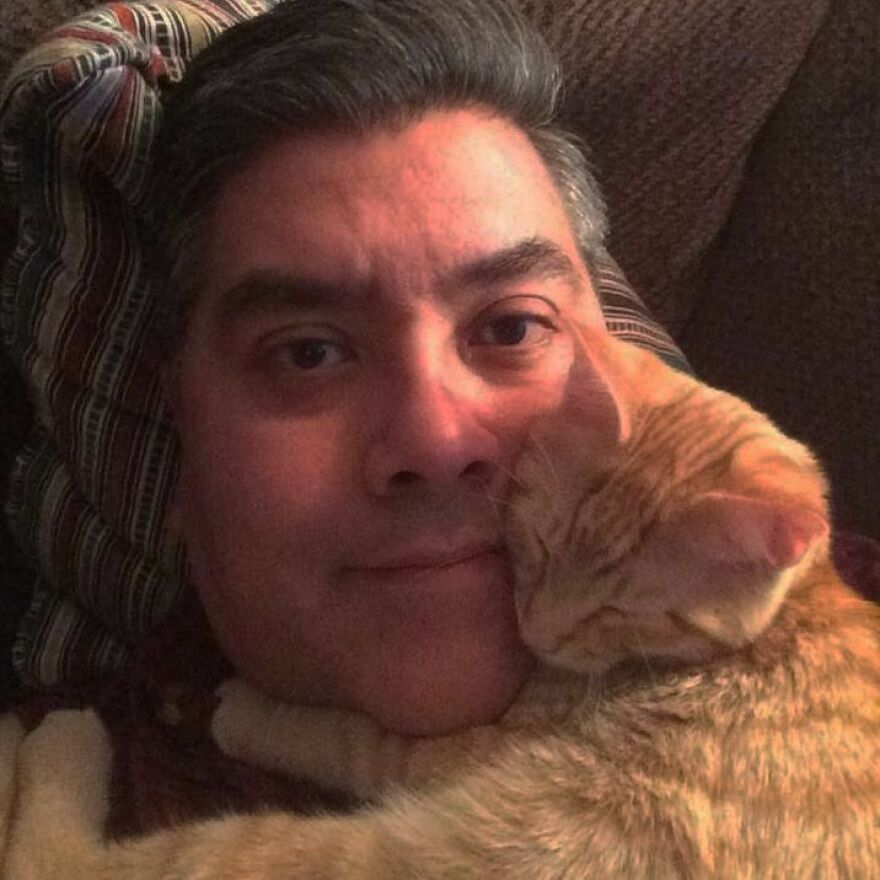Compared to babies and dogs, cats are often seen as more aloof and detached from their caregivers. But as KLCC’s Brian Bull reports, the bond between human and feline is purr-fectly tight.
Oregon State University researcher Kristyn Vitale says for the first time, she and her team have empirically proven that cats have the same attachment styles as babies and dogs. It’s just that Whiskers demonstrates different ways of proving that closeness than Fido.

“So while a dog might engage with an owner by playing with a ball or something, maybe the cat comes over and is rubbing on the owner, or sitting in their lap," explains Vitale.
"And so you might see those behaviors just slightly different. But they’re still affiliative behaviors, which means that they’re behaviors that help to strengthen that bond they have with the owner.”
Furthermore, roughly 65 percent of cats and kittens demonstrated secure attachment patterns to their owners, which is virtually the same percentage shown by human infants to their caregiver.
Vitale says while a fair deal of research has been given to babies and canines, very little attention has been paid to felines and their forms of attachment.
In the OSU study, researchers had cats participate in a "secure base test" which has also been given to babies and dogs. During the test, the cat spends two minutes in a new room with their caregiver. This is followed by a two-minute period alone, which is then followed by a two-minute reunion with the same caregiver.

Cats with secure attachments to their human were less stressed, and balanced their attention between their caregiver and their surroundings (i.e. continue to explore the room). Cats with insecure attachments showed signs of stress such as tail twitching and licking their lips. They would then either stay away from the person (avoidance) or becoming clingy and jumping in their lap and staying still (ambivalence).
The study is in the latest journal, Current Biology.




